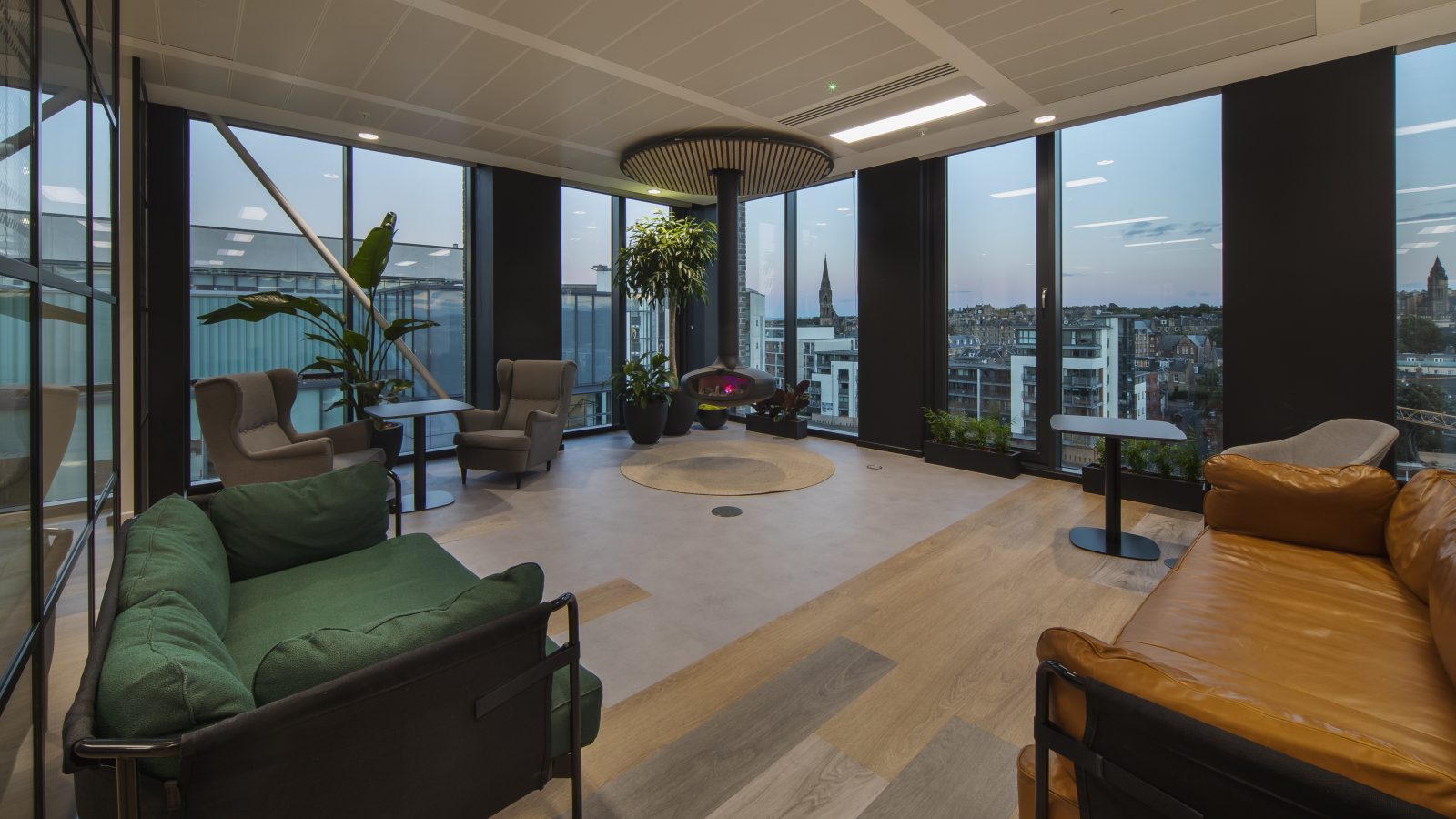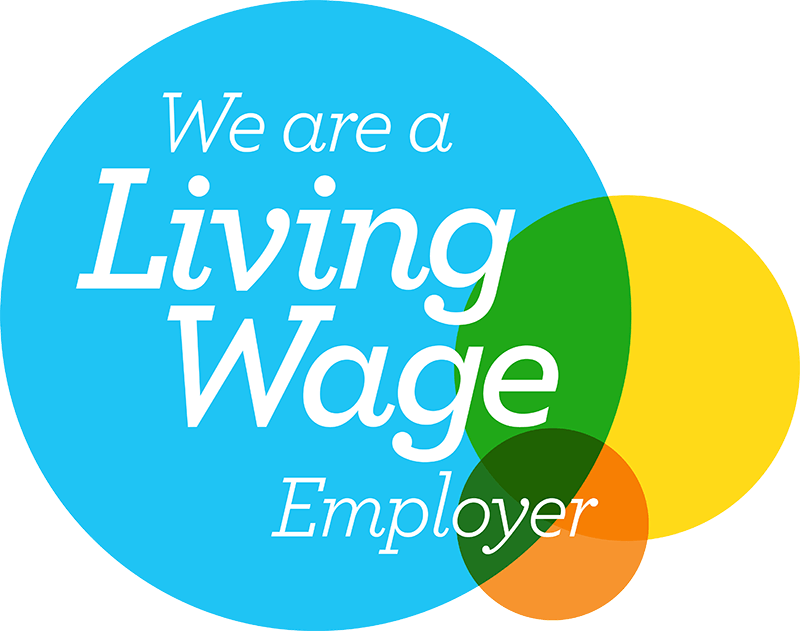
Developing an effective workplace experience is a balancing act – especially as many organisations are striving to find a new sense of normality in an increasingly hybrid world. Business leaders are trying to balance the flexibility they offer to individuals with the needs of the team, and work towards the goals of the company so that their people, productivity and profitability can thrive.
Tied up within this balancing act is the need to create a balanced workplace – one where wellbeing is a key influence in its design, management and use. For facilities and estates management professionals, it presents a unique opportunity to help deliver important change and create environments that proactively support and nurture the health and wellness of those that use them. In fact, it is facilities professionals that have the power to shape the next generation of wellness-led workplaces.
Health is wealth
Without positive health and wellbeing, people will not thrive. It’s a realisation that has been climbing the corporate agenda for the last decade, but especially since the pandemic. Mental health is perhaps the most topical and widely recognised element, but true wellbeing also considers people’s intellectual, physical, emotional, social and financial needs.
Business leaders now understand that their approach to wellbeing impacts recruitment, retention, reputation, productivity and profitability and crucially, the employee experience.
The benefits of this holistic approach to wellness are compelling. A study carried out by Deloitte found that poor mental health costs UK employers up to £45 billion each year, which is a rise of 16% since 2016 – an extra £6 billion a year. The research also reported that employers who have invested in their people’s wellbeing are getting incredible returns. On average, for every £1 spent on supporting their people’s wellness and mental health, employers get £5 back on their investment in reduced absenteeism, staff turnover, productivity, creativity and so much more[1].
Employee experience
Set against this backdrop, it’s clear that workplace design has to support and deliver wellness.
This is tied up in the employee experience – the idea that employers must curate positive and desirable experiences – if they are to keep their people happy, healthy, motivated and connected to the company’s values and mission. In the context of the workplace and its design, this means acknowledging the shifting behaviours of hybrid workers, recognising their holistic needs and offering the personalised experiences and facilities they can’t access elsewhere.
To do this, we have to acknowledge what working from home or remotely could look like. Employees may be buoyed without a daily commute, but they could be working in a less than ideal environment (perhaps on a fixed height kitchen table, without an ergonomic chair or from a dark box room). They might struggle to separate work and home and over time, this could make them feel isolated. We also know that many remote workers typically complete quiet, lone and concentrated tasks at home.
Consequently, the workplace has to pick up the slack and provide what’s missing. It has to offer the best facilities and work settings, it must provide choice and variety, it has to promote social encounters and enable face-to face collaboration. Where once company perks might have been free parking or a season rail ticket (no longer so compelling in a hybrid world), it is the workplace and the experiences it offers that have the power to become the new perks.
This opportunity for change is a far cry from the years of ‘wellbeing’ being belittled as nothing more than subsidised gym membership for staff, free fresh fruit or a quiet room that doubled up as a store cupboard, rather than being about meaningful wellness in all its guises.
Now, there is an opportunity to consider how people behave, the amenities they want and how space can respond. It’s a process that starts with considering nine key areas:
- More than work
The workplace is more than just a place of work. It’s also a place for socialisation, learning, connection, relaxation and collaboration, which means it must accommodate multiple uses. Touchdown spaces, collaboration zones, cafes, games rooms, outdoor gardens, spaces for quiet reflection and areas for company-wide meetings or social gatherings, all have a part of play. Proactively building these into space plans and thinking about how they are collocated (so a noisy collaboration space isn’t next to a quiet space for example) can ensure a balanced workplace.
- The age of choice
Choice is inherently linked with wellbeing. Giving employees the autonomy to choose the right workspace for the task, or to meet their specific needs, be that in relation to their level of physical ability, neurodiverse condition or simply how they’re feeling that day, are all part of the picture. So while choice definitely requires variety, it also requires a culture of empowerment where employees feel trusted and able to choose for themselves. Open plan workspaces, bookable zones and a move away from owned desks in favour of shared spaces, can help people to take control and build personal wellness into their day.
- A desire for connection
Our research highlights that two of the primary reasons hybrid workers will visit the office is for face-to-face collaboration and to socialise with colleagues[2]. This means workplace design has to incorporate spaces that promote and encourage social experiences. This desire for connection is about friendships with colleagues (statistics show that having a best friend at work makes it more enjoyable[3], plus those with a best friend at work are twice as likely to be engaged in their jobs and have a greater sense of wellbeing[4]) as well as feeling connected to the company – both of which have to ‘last’ until the next time they visit. Humans are inherently social creatures and spending time with friends releases powerful endorphins, which make us feel good. A workplace that delivers connection will aid wellbeing.
- Sense of belonging
Building on our desire to feel connected, people also want to belong. Creating flexible spaces that bring teams and even workforces together can unite people in common goals, connect them with the brand and corporate culture and make them feel part of a team. Spaces such as office cafes, meeting suites and what we call ‘town hall’ spaces, can provide the facility for large company gatherings to share news, offer support and give praise.
- Light and airy
Access to natural light is the number one attribute employees want in their office environment. It’s also linked with greater levels of staff engagement and productivity so in design terms, this means locating work settings near to natural light sources. Where the perimeter of a floorplate was typically used for meeting rooms or senior personnel’s offices, it’s now used to host a variety of work settings so that employees benefit from the light and it’s able to penetrate further into the floorplate. It may sound small, but access to natural light offers equitable experiences.
In a similar vein, we must consider access to fresh air. Poor ventilation leads to fatigue, poor cognitive function and ill health. As well as considering improved natural and mechanical ventilation, greater access to fresh air with opening windows, access to outdoor space and planting can all help to improve air quality, and therefore the employee experience.
- Connected to nature
Greater access to nature and the great outdoors has been proven to improve air quality, stimulate the brain, improve engagement and make employees happier and healthier. So, in design terms, a workplace should consider how it can incorporate biophilia. In practice, this might involve using plants to help zone spaces, providing access to a communal garden or perhaps even sacrificing carparking to create an outdoor space, using nature inspired colours, materials and textures, such as wood and stone. This could also include providing showers for those choosing to cycle to work, or a bike share scheme to promote activity during the day. Balance is achieved by making sure time indoors isn’t time without nature.
- Dedicated spaces
While flexible spaces can support many aspects of wellbeing, the more sensitive aspects of wellness require careful thought from a design point of view. For an employer offering on-site counselling to help employees’ mental health for example, these spaces need to be private, comfortable, discreetly located and bookable. Similar thought and attention should be given to accommodate religious needs (adequate space for prayer mats and quiet reflection), those breastfeeding (comfortable chairs, fridges for storing milk) and people managing other health conditions.
- Relax and rejuvenate
We all work at different paces, in different ways and at different times. Offering spaces for employees to rest and recharge is part of the wellness picture. Those spaces might be cafes, a shared kitchen, outdoor gardens, quiet pods with complete sound privacy or a well-positioned sofa that maximises views outside. With offices comprising significantly less desking post Covid (now 36% of a floorplate instead of 50%[5]), there is more opportunity to curate moments of positive wellbeing.
- Sustainability
Employees increasingly want their employers’ environmental values and actions to align with their own social conscience. Ensuring that buildings and the workplaces they contain are sustainable can help to foster wellbeing by making employees comfortable in their choices and the actions of the business. Newer initiatives such as SKA (a RICS benchmark to evaluate office fit-out projects against sustainability good practice) and The Well Building Standard (for measuring, certifying and monitoring aspects of the built environment that impact health and wellbeing), are increasingly being recognised by the general public as people want greater assurances about their own wellbeing and that of the planet.
Organisations of all shapes and sizes are leading the revolution by taking care of employees’ holistic health and wellness. They’re doing this by knowing how to spot signs of employee burnout, establishing volunteer Mental Health First Aiders and Wellbeing Ambassadors, improving staff inclusion and social activities, updating Diversity, Inclusion Belonging and Equity (DIBE) strategies and running wellness programmes that span nutrition, sleep, fitness, finance and more.
But crucially, these organisations are also reinventing their workplaces. They know that the workplace, as an organisation’s home, has to be a beacon of wellness. In doing so, it will help attract and retain the brightest and best talent and create loyal, productive and engaged workforces.
Marrying the needs of your people with those of your organisation is a balancing act. But when individual and collective wellness is so closely linked with commercial profitability, as well as operational resilience and agility, it’s a balance worth finding. For facilities professionals involved in shaping workplace strategy and operating buildings daily, wellbeing cannot be ignored. As the saying goes, health is wealth, and it must be designed into the fabric of buildings and the workspaces they comprise.
[1] Research from Deloitte as referenced here: https://www2.deloitte.com/uk/en/pages/consulting/articles/mental-health-and-employers-refreshing-the-case-for-investment.html
[2] According to research from Claremont’s Annual Insight Report (issue 6) title Balanced Workplaces: https://claremontgi.com/balanced-workplaces/
[3] https://wearewildgoose.com/usa/news/workplace-friendship-and-happiness-survey/
[4] https://www.gallup.com/workplace/236213/why-need-best-friends-work.aspx
[5] Research from Claremont’s Annual Insight Report (issue 6) title Balanced Workplaces: https://claremontgi.com/balanced-workplaces/
Related thinking
OFFICE INTERIOR
DESIGN & BUILD
From Workplace Consultancy through design, to the build and beyond. Whether you use all or part of our capabilities, you’ll find we’re a safe pair of hands.
Workplace Consultancy
Helping you achieve the optimal combination of people, space and technology, enabling your organisation to realise its maximum potential in a FutureFlexible way.
Design & Build
Claremont’s comprehensive in-house capability takes care of it all, it’s an end-to-end solution that mitigates risk, accelerates timescales and controls costs.
Workplace Furniture
We believe furniture has a huge impact on the people using it. We aren't limited to a specific range of suppliers, so finding exactly the right products for you or even designing you something unique is at the heart of our approach.
Workplace Technology
Just the right tech fully integrated with your space gives you that all-important agile and collaborative environment.
